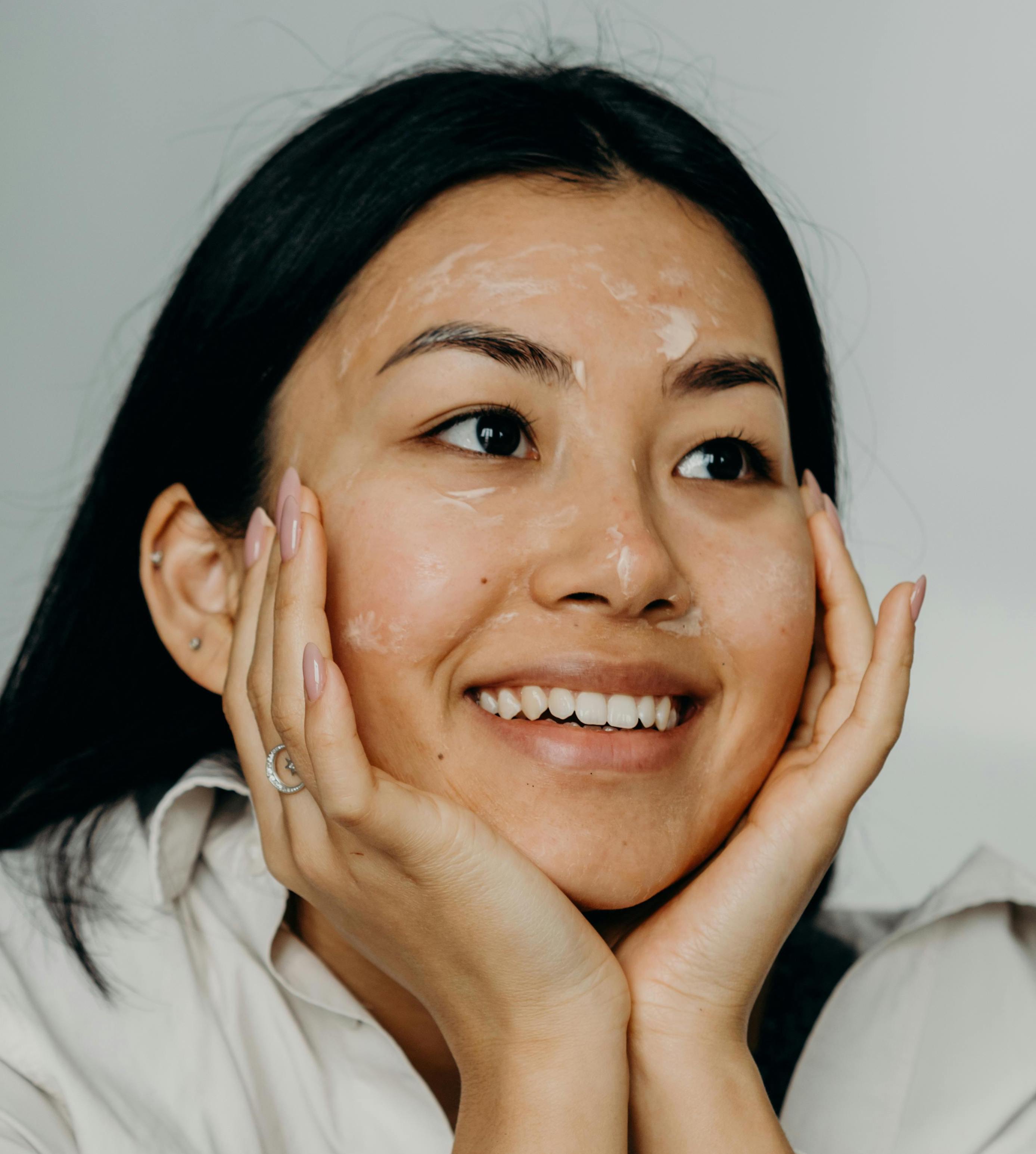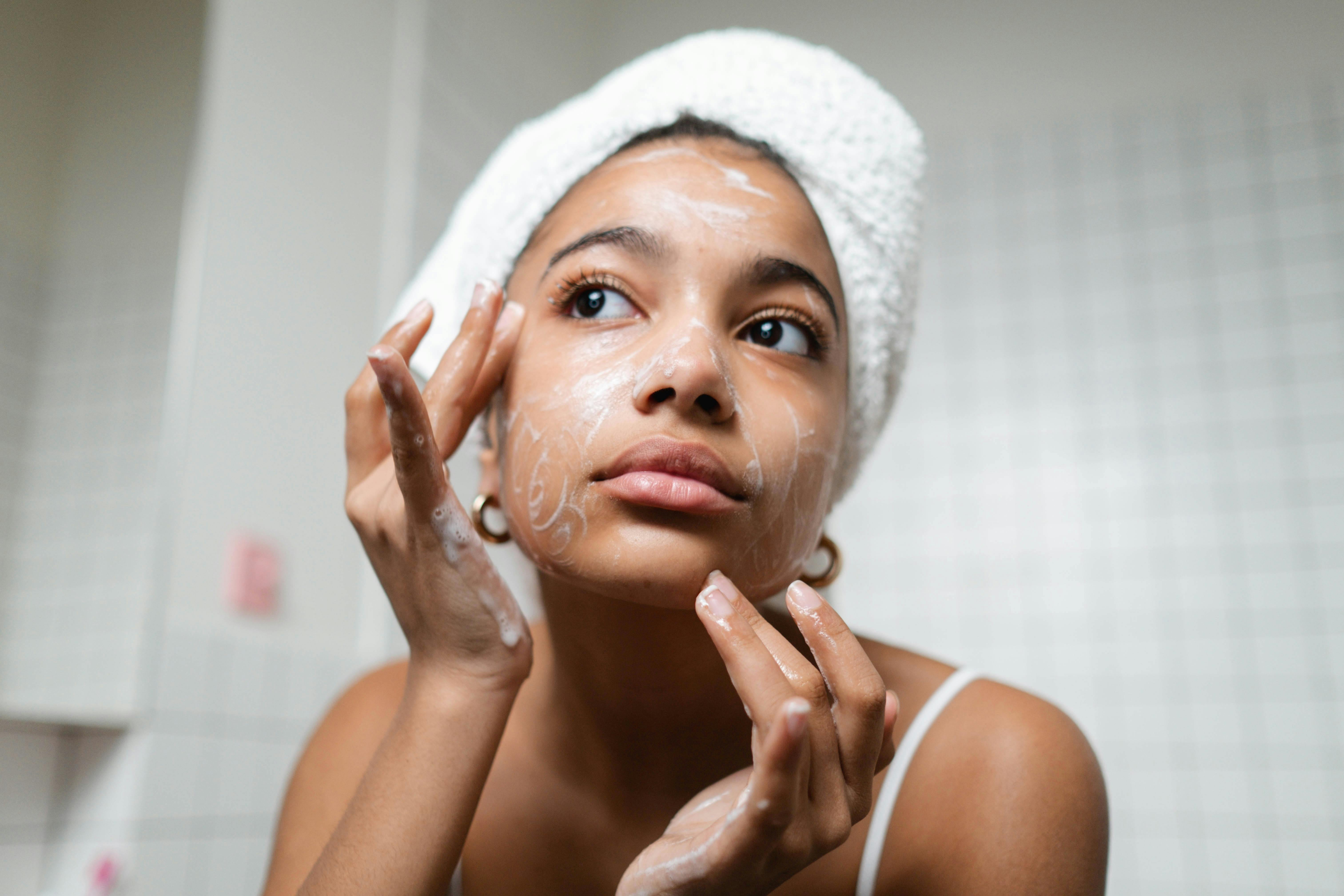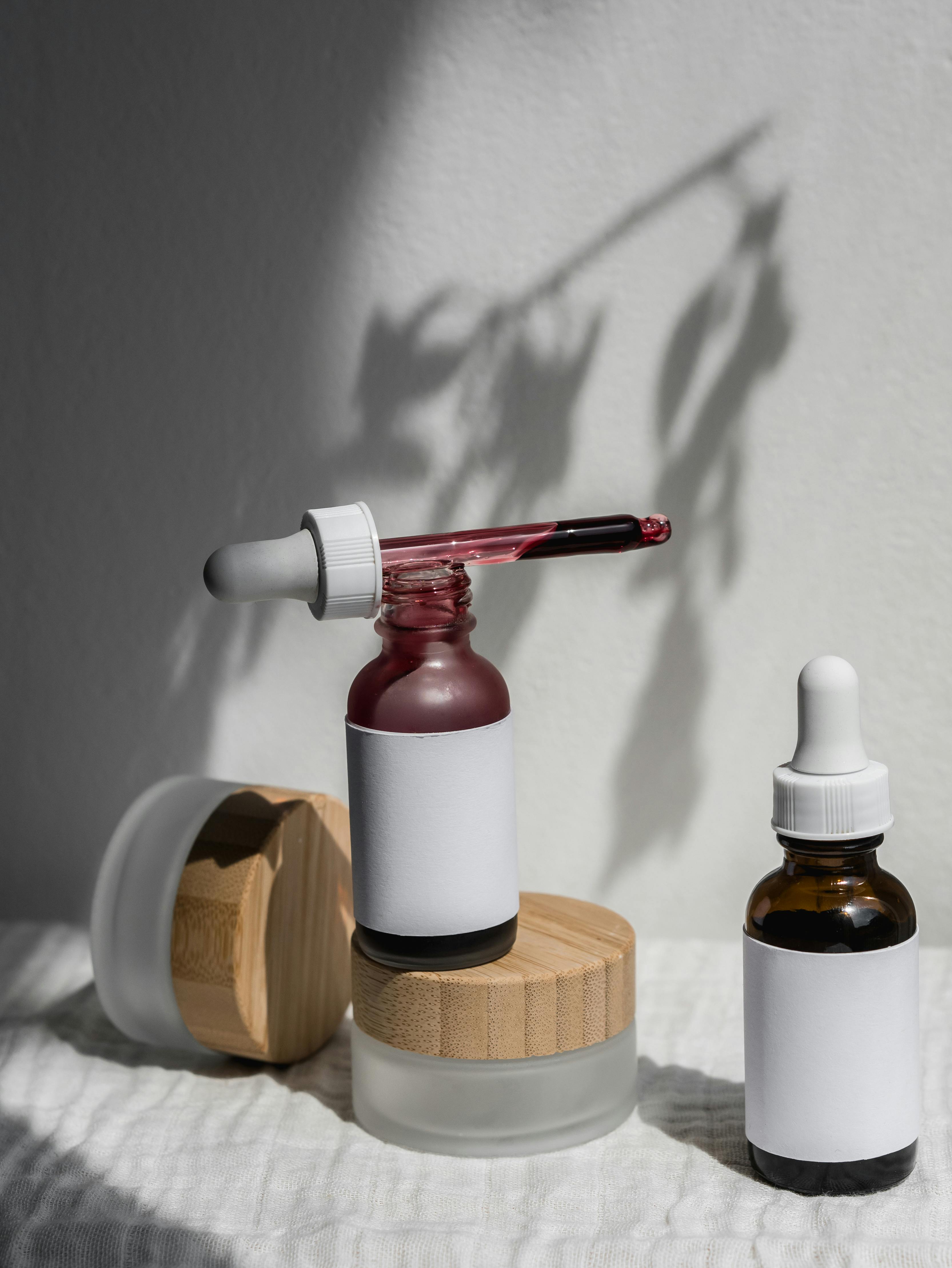The Best Sunscreens for Dark Spots (And Why They Work)
Your most powerful brightening step costs less than any serum.

Dark spots can come from breakouts, sun exposure, or hormones — and once they show up, they’re frustratingly slow to fade. I’ve dealt with them too, and after trying all kinds of serums, the biggest shift happened when I got consistent with sunscreen.
Not just any sunscreen, but one I would actually use every single day. One that wouldn’t sting, wouldn’t leave a visible cast, and wouldn’t undo the rest of my routine.
Why Sunscreen Makes a Bigger Difference Than Most Treatments
Sunscreen protects your skin from the main trigger behind dark spots: UV radiation. It doesn’t just prevent new ones from forming — it helps existing ones fade faster by giving your skin a break from constant pigment stimulation.
Both mineral and chemical sunscreens work. If your skin barrier is compromised, chemical filters might cause itchiness or bumps, so mineral sunscreens are sometimes a better choice. I personally use a high-SPF mineral formula that’s tinted, and I’ve noticed fewer new spots forming since I started using it daily.
SPF 50 or higher is a good idea if you live in the U.S. The sunscreen options here are more limited than in Europe, where newer, more effective filters are approved. If you ever travel to Europe, it's worth picking up a few good ones while you're there. This is the one I use, and I was surprised to find it available on Amazon: Eucerin Pigment Control Sun Fluid SPF 50+ (Tinted)
What People Often Get Wrong
“I have darker skin, so I don’t need sunscreen.”
This is a common and harmful myth. All skin tones can develop hyperpigmentation from sun exposure, and darker skin often holds on to pigment longer. I have medium-deep skin and have dealt with sun spots on my cheeks for years. Wearing tinted SPF daily is one of the few things that has made a visible difference.
“Makeup with SPF is enough.”
Most people don’t apply nearly enough foundation or tinted moisturizer to get full protection. Think of makeup as a bonus, not your main defense.
“I only need sunscreen on sunny days.”
UV rays come through clouds and windows. I wear SPF even on days I don’t go outside much, because indoor light and incidental sun exposure still add up.
What to Look for in a Sunscreen for Dark Spots
- Broad-spectrum protection (UVA and UVB)
- SPF 50 or higher if you’re in the U.S.
- Tinted formulas with iron oxides for visible-light protection
- Lightweight texture that won’t feel greasy or sit on top of the skin
- Bonus: ingredients like antioxidants or pigment-balancing compounds

My Favorite Sunscreens for Hyperpigmentation
These are either ones I’ve used myself or recommended to others with good results. If you have sensitive or acne-prone skin, always patch test first.
1. Eucerin Pigment Control SPF 50+ (Tinted)
This is my current favorite. It’s lightweight, non-irritating, and contains thiamidol, which targets the pigment cycle. I usually stock up in Europe, but it’s also available on Amazon.
2. EltaMD UV Clear Tinted Face Sunscreen, SPF 46 Oil- Free Tinted Sunscreen
A gentle, tinted mineral sunscreen with zinc and iron oxides. Ideal for sensitive skin and doesn’t leave a cast.
3. La Roche-Posay Anthelios Melt-In Milk SPF 60
A chemical sunscreen that feels more like a lotion. High SPF and water-resistant. It’s one I reach for when I’ll be outdoors longer.
4. Black Girl Sunscreen Make It Matte SPF 45
A gel-cream that dries clear, works well on deep skin tones, and doesn’t pill under makeup. A great everyday option for anyone prone to shine.
Quick Comparison Snapshot
- Best overall: Eucerin Sun Fluid Pigment Control SPF 50 — tinted mineral with Thiamidol to help reduce dark spots
- Best everyday protection: La Roche-Posay Anthelios Melt-in Milk SPF 60 — moisturizing chemical sunscreen for normal or dry skin
- Best for acne-prone skin: EltaMD UV Clear Broad-Spectrum SPF 46 — oil-free tinted mineral with niacinamide, ideal for breakouts and redness
- Best matte finish: Black Girl Sunscreen Make It Matte SPF 45 — invisible chemical gel-cream, no white cast, works well for oily or combination skin
Not sure which sunscreen fits your skin best? → Take Our Skincare Quiz Based on a variety of Skin types
Tips for Better Results
- Apply a generous amount. About a nickel-sized amount for your face and neck
- Reapply every two hours if you’re outside, even if it’s cloudy
- Don’t skip it just because you’re indoors. Windows don’t block all UV rays
- Combine with other protective habits like hats or shade if you’re trying to fade spots
- Use a gentle cleanser that won't strip your skin. This will help preserve your skin barrier and help prevent dark spots.
- Pair with gentle nighttime treatments like niacinamide or azelaic acid for best results
- Sunscreen should be the last step in your AM routine before makeup, if you happen to use makeup.
Sun protection is just one piece of the puzzle. Exfoliation helps too — here’s how.

Frequently Asked Questions
1. Do tinted sunscreens help fade dark spots better than non-tinted ones?
Yes ,they really do. Tinted formulas usually contain iron oxides, which add protection against visible light. That’s the part of light that can make pigmentation worse, so if you’re dealing with dark spots, tinted sunscreen gives you an extra layer of defense.
2. Can I rely on makeup or moisturizers with SPF instead of sunscreen?
I wouldn’t. Even if your makeup or moisturizer says SPF 30 or 50, the amount most of us actually apply isn’t anywhere near enough to give that level of protection. I like to think of makeup SPF as a bonus — but never a replacement for proper sunscreen.
3. Do I need sunscreen on cloudy days or when I’m indoors?
Yes. Dark spots don’t take a break just because the sun isn’t blazing. UVA rays and even visible light still come through clouds and windows. If you’re near a window or spending time outside at all, it’s worth putting on sunscreen.
4. How much sunscreen should I apply to my face and neck?
A good rule is about half a teaspoon, or enough to cover your face and neck evenly. For me, that looks like a generous nickel-sized dollop. It always feels like more than I expect, but that’s what it takes to get the labeled SPF.
5. Does darker skin tone mean I don’t need sunscreen?
No. Melanin does give some natural protection, but it doesn’t prevent hyperpigmentation or the kind of sun damage that shows up as dark spots. If your skin is prone to uneven tone, daily sunscreen makes a big difference over time.
6. Why does visible light matter, and how do tinted sunscreens help?
Most people only think about UV rays, but visible light (especially blue light) can also worsen pigmentation. That’s where tinted sunscreens shine. The tint, thanks to iron oxides, blocks some of that visible light and helps keep spots from getting darker.
7. What if sunscreen makes me break out?
That’s a common frustration, and usually it comes down to the formula. Some sunscreens are heavier or contain ingredients that can clog pores. Look for oil-free, non-comedogenic options (especially those labeled for acne-prone skin). Pairing sunscreen with a lightweight moisturizer can also help balance your skin and reduce irritation.
Final Thoughts
You don’t need fancy tools or expensive treatments to protect your skin from dark spots. Sunscreen is the single most important step — and the easiest to skip. When you find one that feels good on your skin, you’re far more likely to stick with it. That’s when the real progress begins.
Stick with it every morning. Your future skin (and your dark spots) will thank you.
Want a personalized routine instead? Try our free skincare quiz.
Note: This post contains affiliate links. I only recommend what I’ve personally used or that I trust based on honest feedback.

